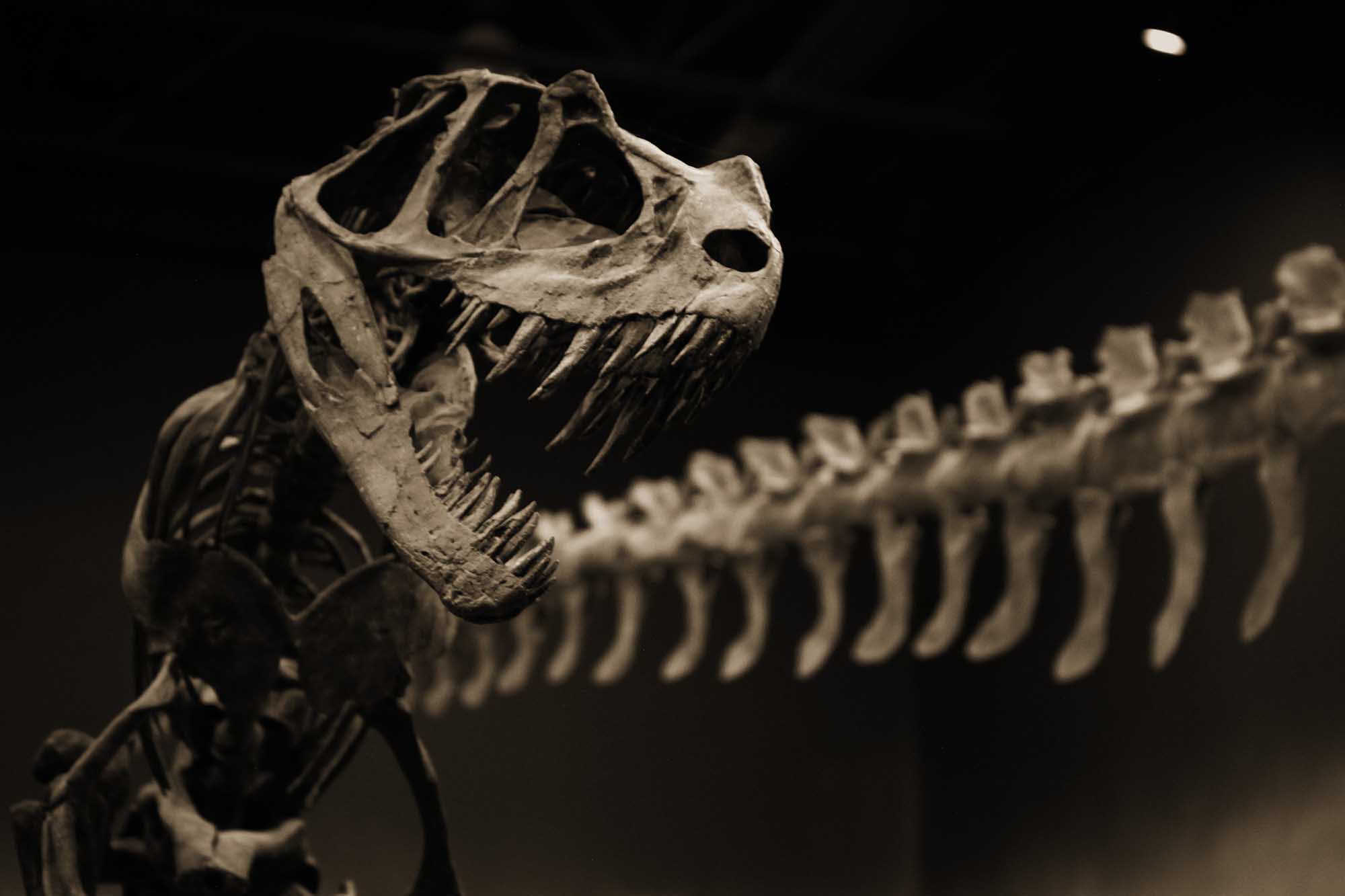
Species: nasicornis
Range: Late Jurassic (Tithonian, 150-145 MYA) from Utah, Wyoming, Colorado, Oklahoma, possibly Portugal and Tanzania
Size estimate: 18-22 ft length, 1000-2200 lbs
Discovery: Othniel Charles Marsh, 1884
Classification: dinosauria, saurischia, therapoda, ceratosauria, ceratosauridae
Since no one has ever seen a living dinosaur, and the missing pieces of the fossil record withhold important clues to their appearance, no artistic representation of a dinosaur ever gets it 100% right. On top of that, new discoveries can change our ideas of extinct creatures drastically. So, how close does this sculpture come to what we know of the original animal?
© 2023 Dinosaur Park • All Rights Reserved.